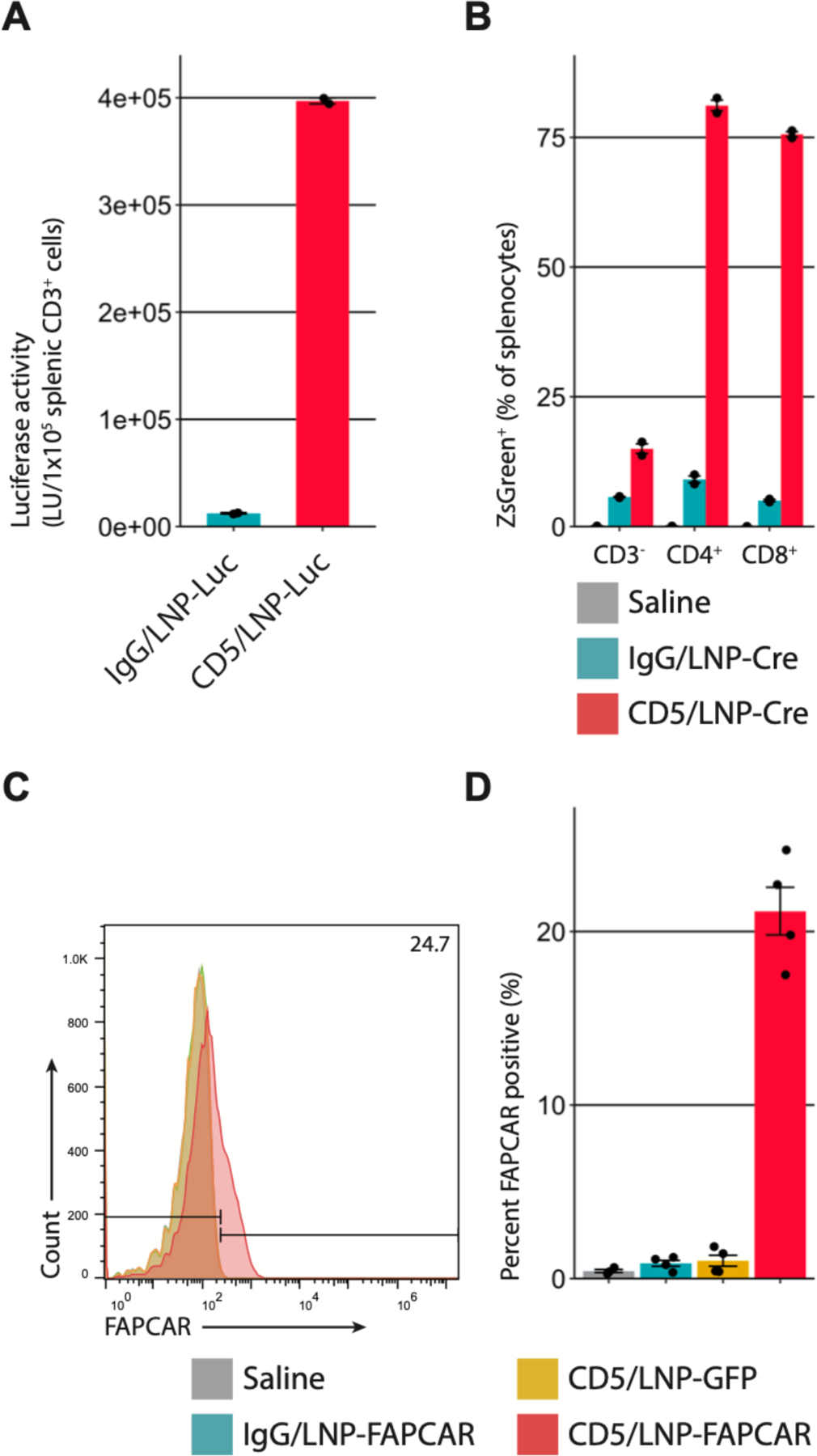Fig. 2. CD5-targeted lipid nanoparticles produce mRNA-based FAPCAR T cells in vivo.

(A) Luciferase activity in CD3+ splenocytes 24 hours after intravenous injection of 8µg of control IgG/LNP-Luc or CD5/LNP-Luc. Bar graphs represent two biologically independent replicates. (B) Ai6 mice (Rosa26CAG-LSL-ZsGreen) were injected with 30µg of non-targeted/LNP-Cre (NT), IgG/LNP-Cre, or CD5/LNP-Cre. After 24 hours ZsGreen expression was observed in (81.1%) CD4+ and (75.6%) CD8+, but not in many (15.0%) CD3–splenocytes. Bar graphs represent two biologically independent replicates. (C) T cells were isolated from the spleens of AngII/PE injured mice, 48 hours after injection of 10µg of LNP. Representative flow cytometry analysis shows FAPCAR expression in animals injected with CD5/LNP-FAPCAR, but not in control saline, IgG/LNP-FAPCAR, or CD5/LNP-GFP animals. (D) Quantification of murine T cells staining positive for FAPCAR in C. n = 4 biologically independent mice in two separate cohorts. Data are mean +/− s.e.m.
